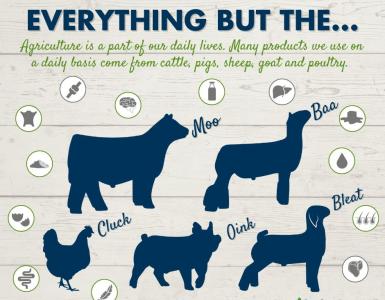
Youth Livestock Resources
Viewing on a mobile device? The webpage is best viewed in landscape.
Getting Started Showing Livestock
Being a beginner can be overwhelming. There is so much to learn and so much to understand. It can be even more overwhelming if you are interested in showing livestock, but don't live on a farm or know who to reach out to. Our Getting Started Showing Livestock Quick Guide will get you started off on the correct path. Review the guide and begin to plan your journey showing livestock!
.jpg)
Livestock Judging
Are you involved in a livestock judging team? Download our livestock judging sheet and keep class placing and reasons organized.
| Download Livestock Judging Sheet | 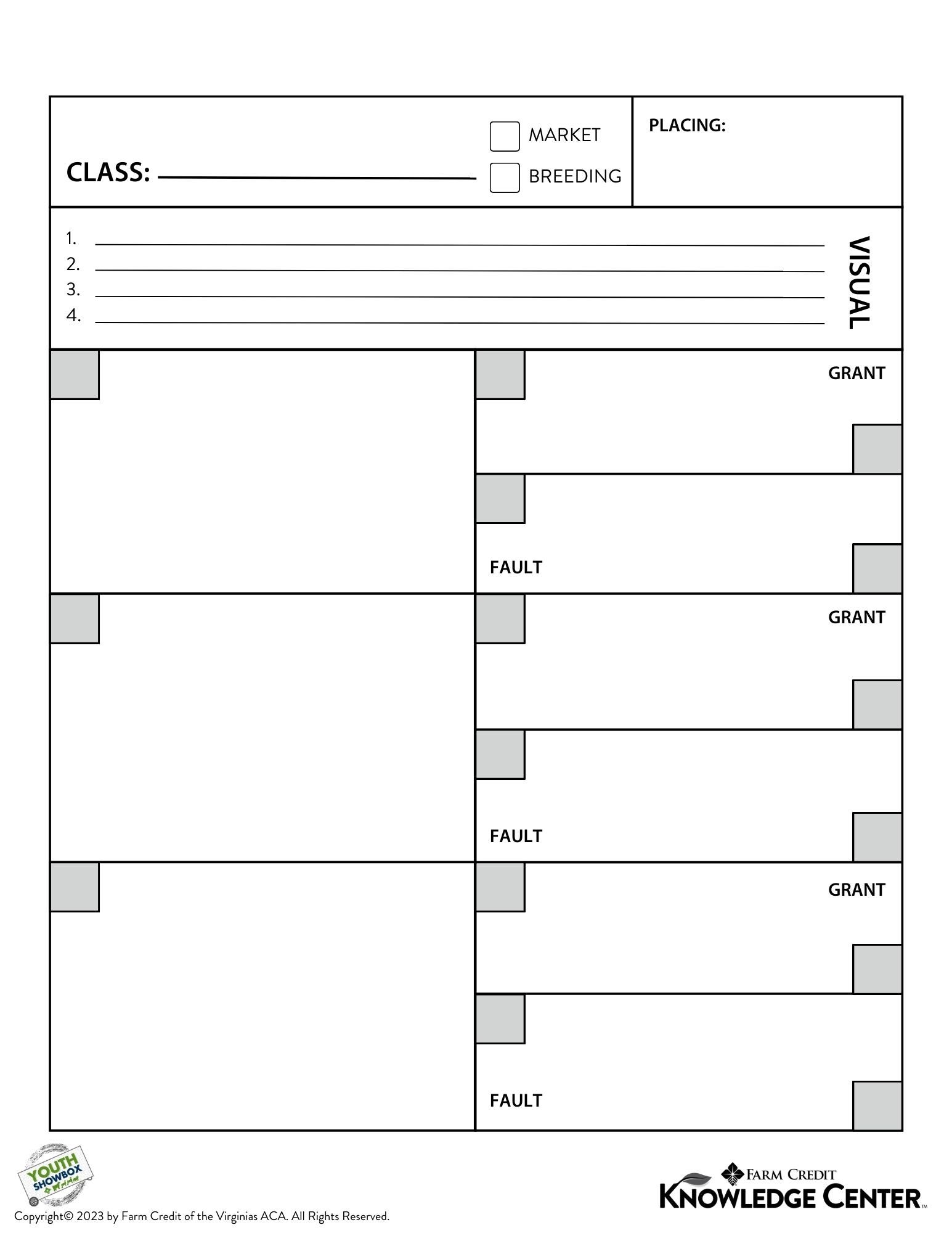 |

Recordkeeping
Recordkeeping is one of the most important parts of a livestock project. You'll need the information to complete your 4-H or FFA project book, but you'll also need the information to evaluate your project expenses, income and profit/loss. Keeping good records is the foundation of successful farming and can help you plan your future projects. Download this valuable youth livestock resource below.
Download our Project Animal Record Book
You'll be able to track the following:
- Project animal information
- Project exhibits
- Feed expenses
- Health and veterinary expenses
- Sale animal income
- Other income
- Financial summary
READ MORE: Check out our blog article on the Ins & Outs of Youth Record Keeping

Marketing
How to Market Your Animal From Start to Finish
Browse our Showbox Videos:
- How to Market Your Show Animal
- Anatomy of a Good Buyers Letter
- Anatomy of a Good Thank you Letter
- How to Address an Envelope
Letter Guides
Anatomy of a Good Buyers Letter - PDF 24"x36" Poster File (Download and take to your local printers!) | Anatomy of a Good Thank You Letter - PDF 24"x36" Poster File (Download and take to your local printers!) | How to Address an Envelope - PDF 24"x36" Poster File (Download and take to your local printers!) |
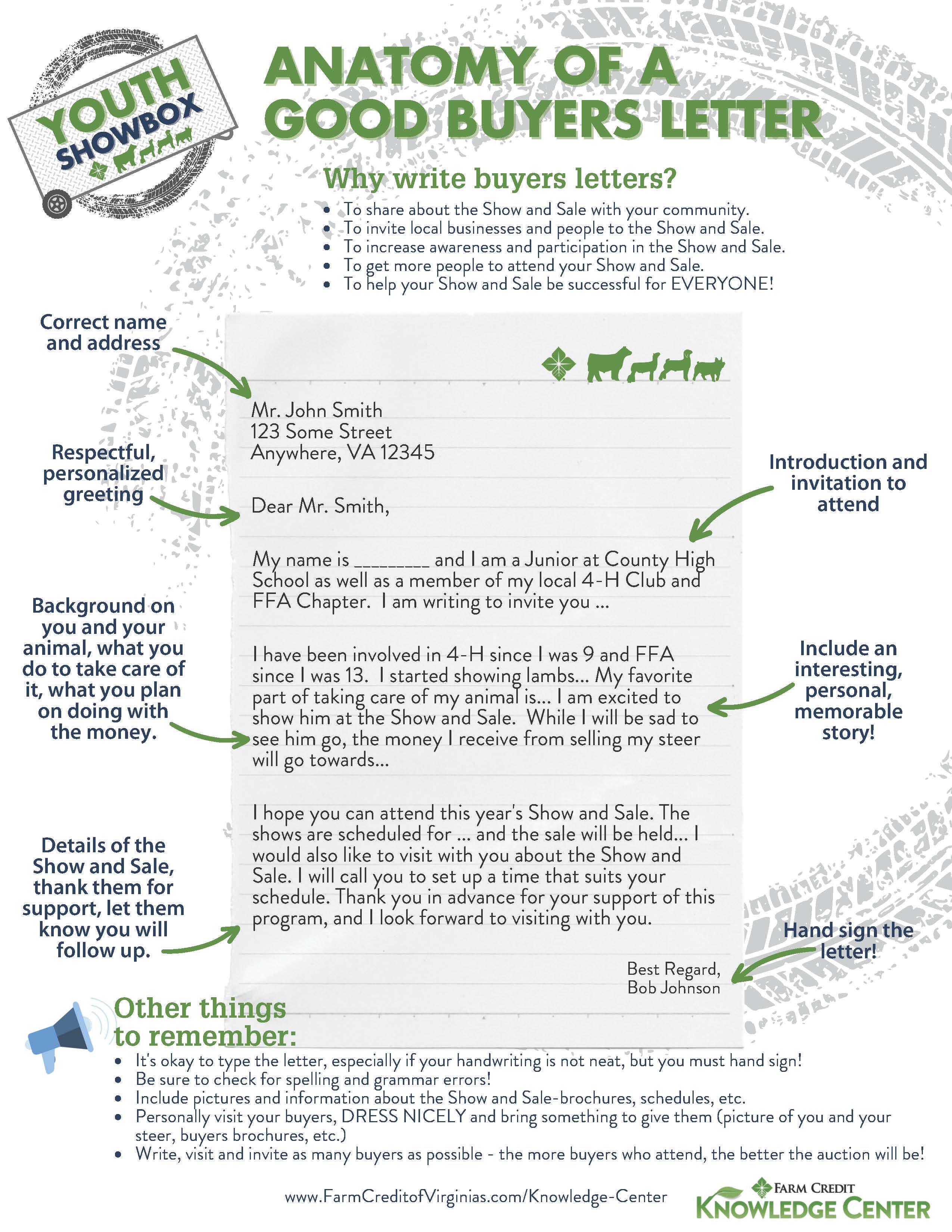 | 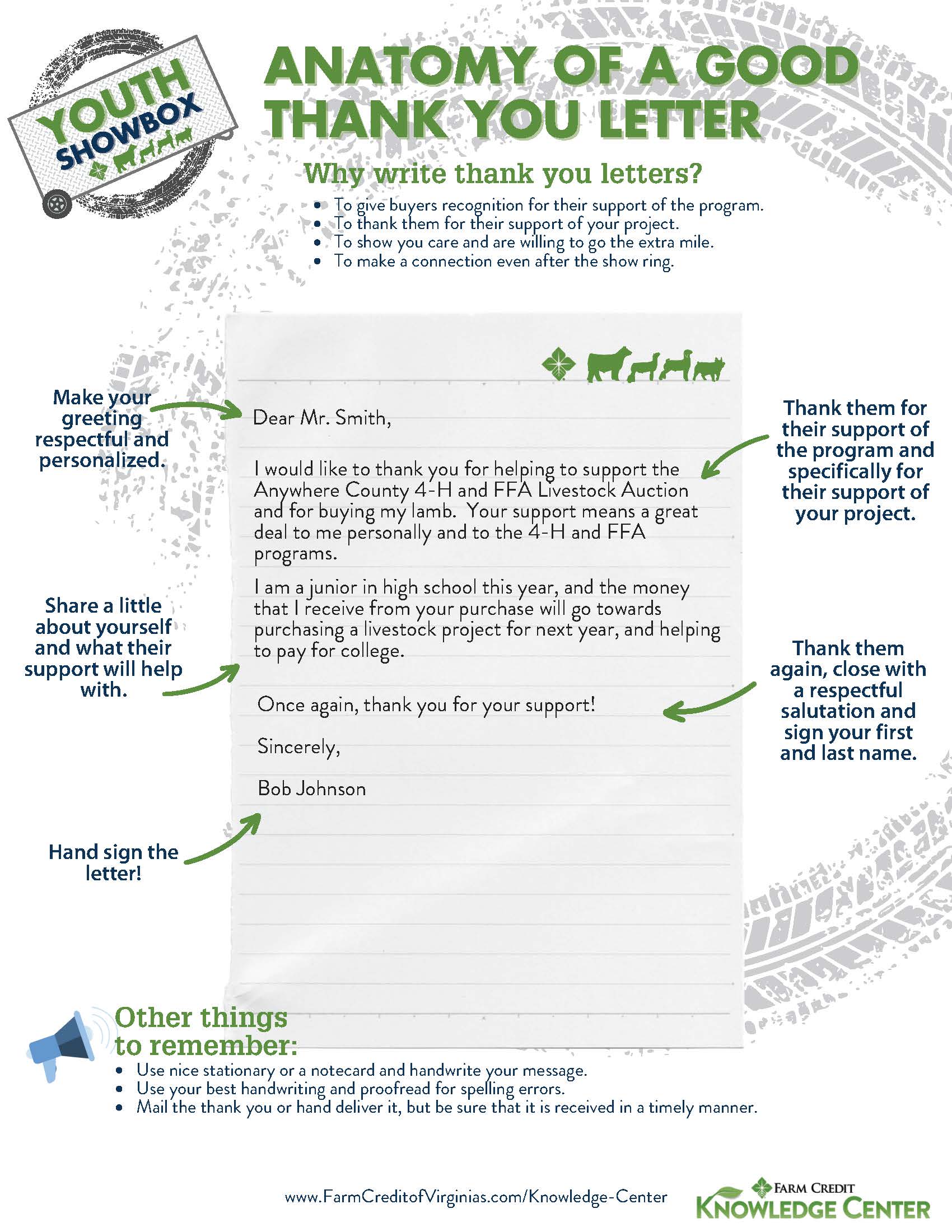 |  |
Retail Value of a Market Animal - These make great handouts for buyers.
When is a Steak More Than a Steak - PDF 24"x36" Poster File (Download and take to your local printers) | When is a Ham More Than a Ham - PDF 24"x36" Poster File (Download and take to your local printers) | When is a Lamb Chop More Than a Lamb Chop - PDF 24"x36" Poster File (Download and take to your local printers) |
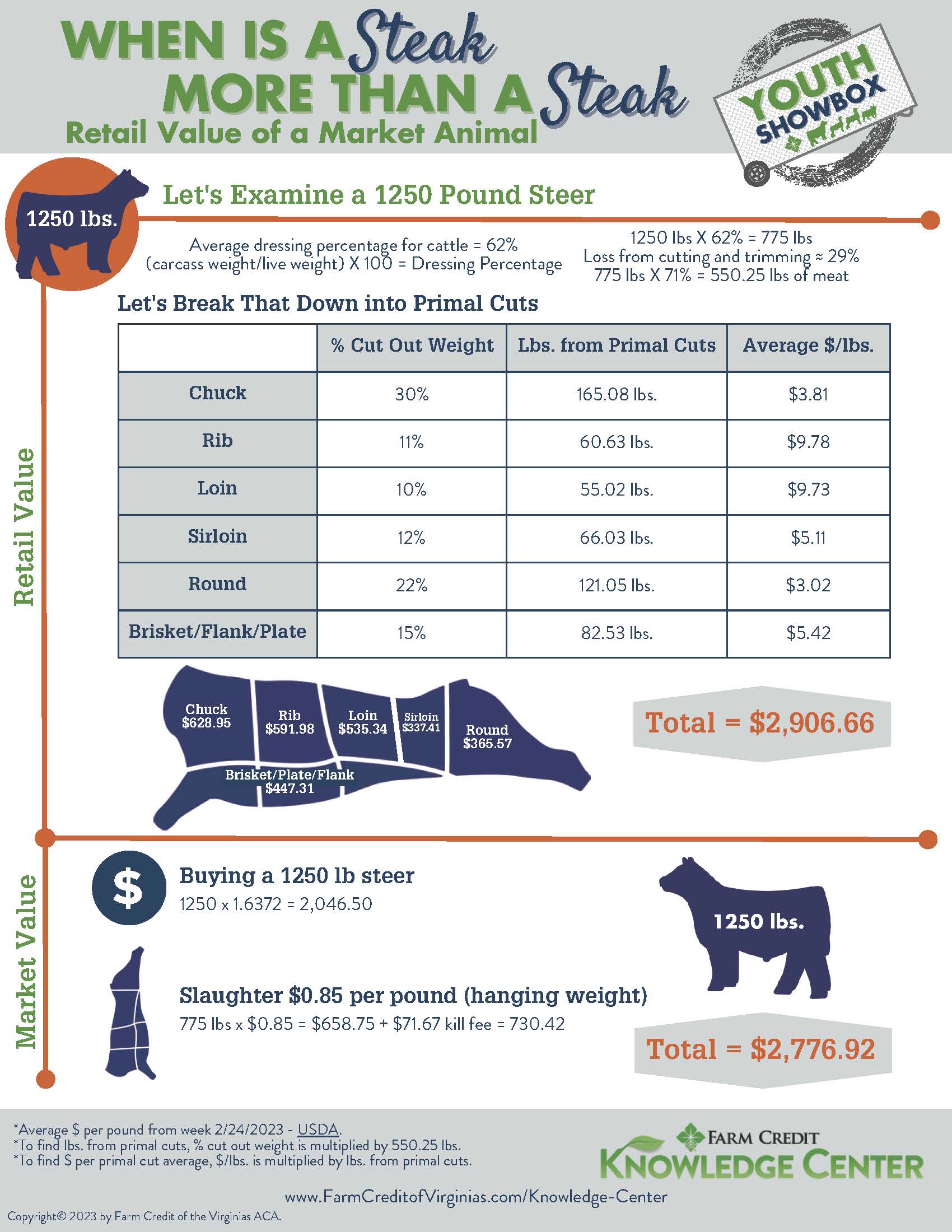 | 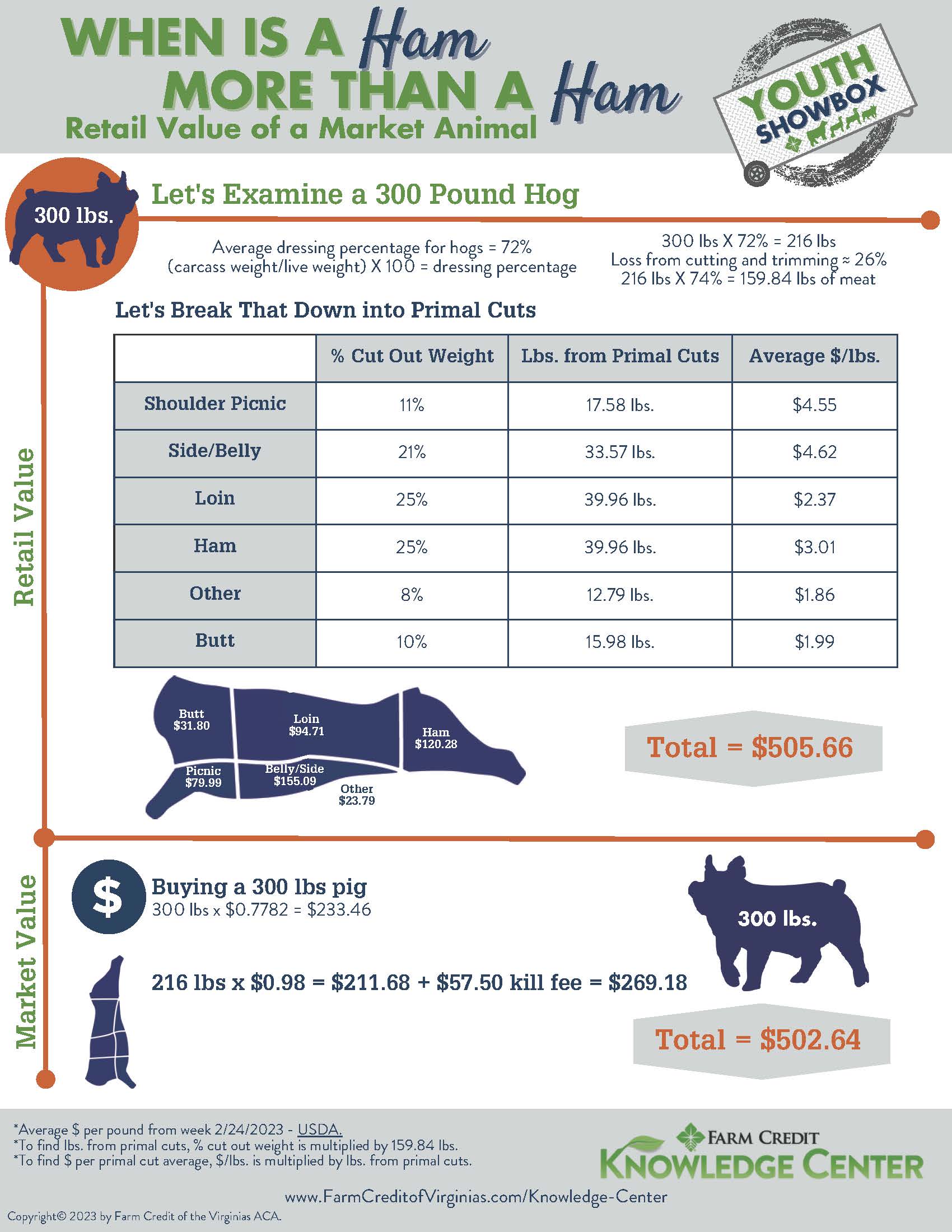 | 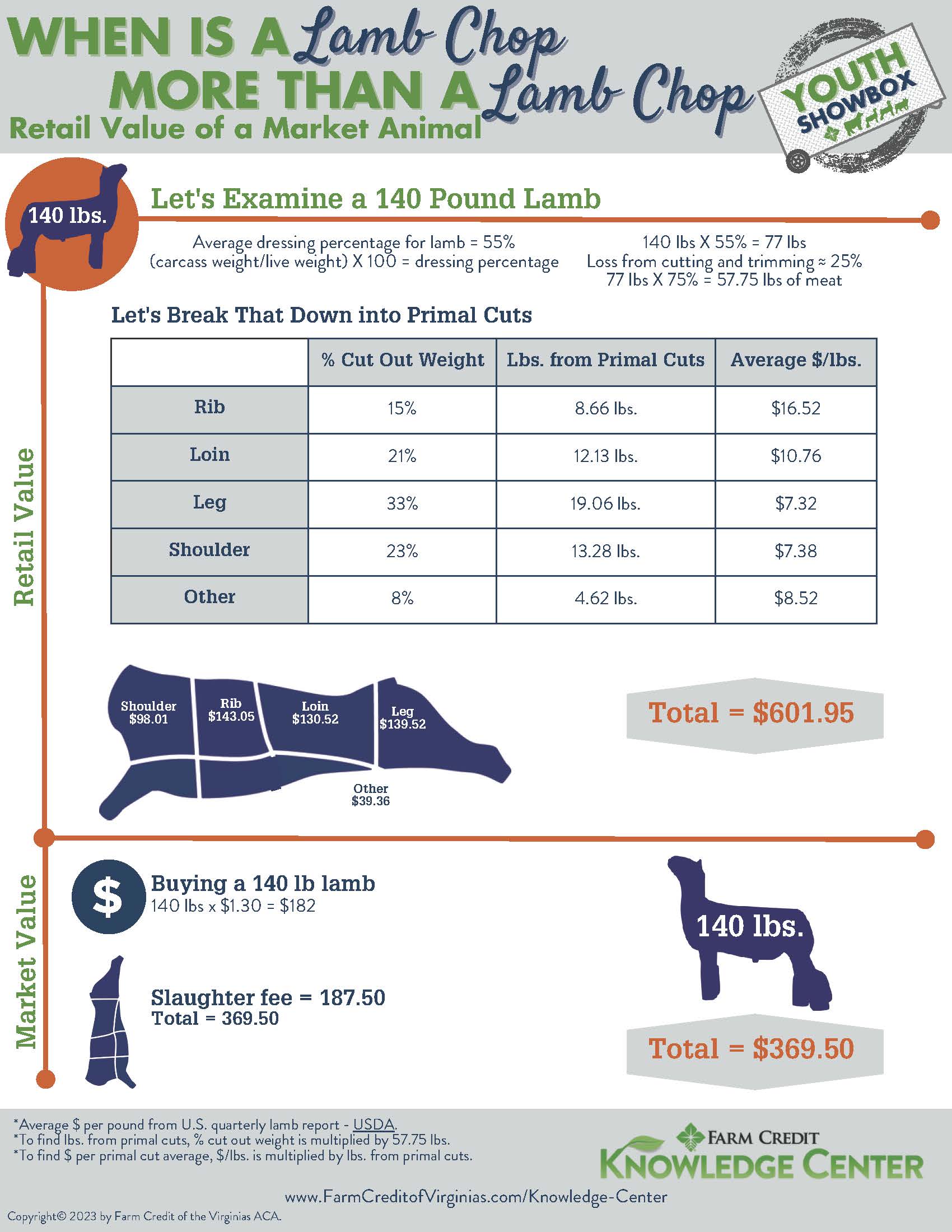 |
Benefits of Buying a Market Animal Brochure - Hand out this brochure to potential buyers.
- Print double-sided and tri-fold
| Benefits of Buying Local - Brochure | Download PDF |
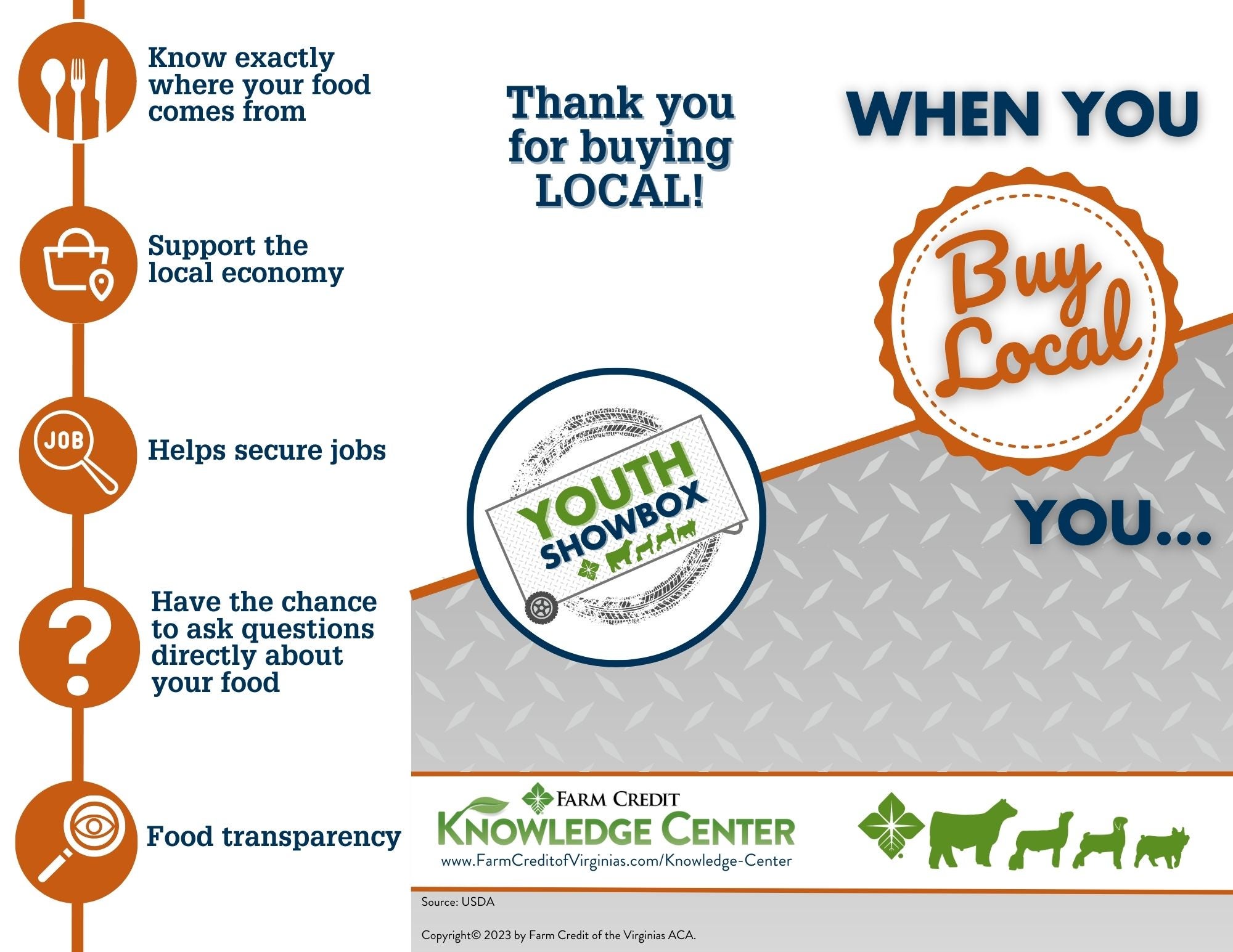 | 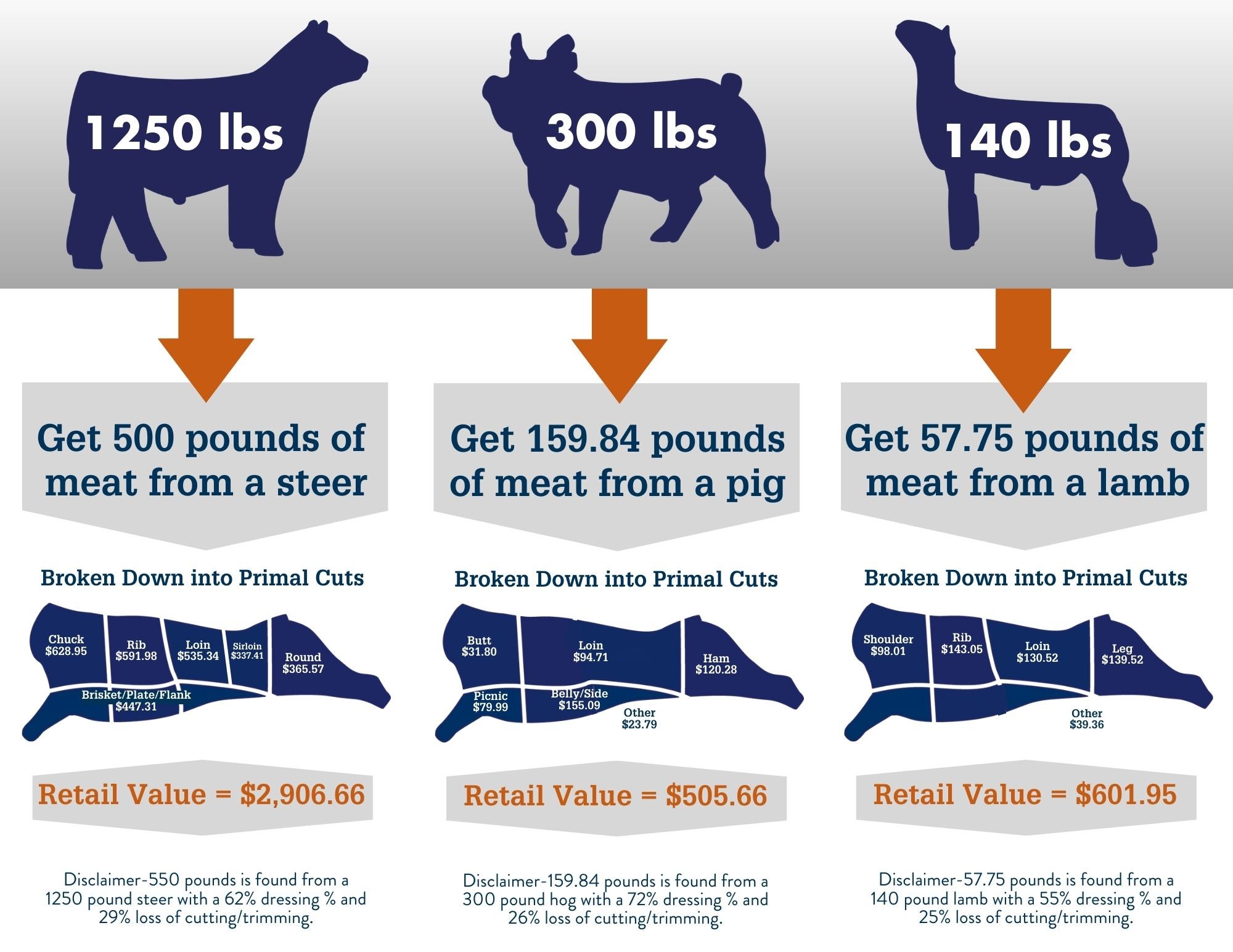 |
Dress and Handshake Guides - Make a GREAT first impression by dressing well and delivering the right handshake.
The Business Handshake | Women's Dress Codes (Gardner-Webb University) | Men's Dress Codes (Gardner-Webb University) |
 |  |  |
Biosecurity Resources
- All Species
Beef Cattle Extension - Enhancing Biosecurity at Fairs and Shows
- The site provides guidelines for enhancing biosecurity at fairs and shows, aiming to prevent the spread of diseases among livestock. It includes strategies such as controlling animal movement, maintaining cleanliness, and educating participants on biosecurity practices.
Healthy Farms Healthy Agriculture - Biosecurity Learning Modules
- The site offers biosecurity learning modules designed for youth involved in agriculture, including 4-H and FFA members. These modules aim to instill biosecurity habits through interactive activities and educational content, promoting a culture of biosecure farms.
Michigan State University Extension - 4-H Basics of Biosecurity
- The document provides an introduction to biosecurity for 4-H animal projects, emphasizing the importance of disease prevention and proper management practices. It includes hands-on activities to help participants understand biosecurity challenges and strategies to maintain animal health.
National Ag in the Classroom - Biosecurity Lesson Plan
- The lesson plan "Bring Home the Blue, Not the Flu!" from National Agriculture in the Classroom teaches students in grades 6-8 about zoonotic diseases and biosecurity measures. Using the context of a county fair livestock show, students engage in simulations to understand disease transmission and prevention. The lesson includes activities, videos, and online modules to deepen their understanding of how diseases spread and how to protect both animals and humans.
The Center for Food Security and Public Health - Farm Biosecurity
- The site provides biosecurity resources for beef cattle producers, including checklists, templates and guidelines to help prevent disease transmission and maintain herd health. It emphasizes practical steps for daily biosecurity management, such as controlling farm access, monitoring animal health, and training personnel.
University of Wisconsin-Madison
- Biosecurity Practices for Livestock at Fairs (Video)
- The site provides biosecurity practices for livestock at fairs, shows, and exhibitions, aiming to reduce the risk of disease transmission among animals. It includes guidelines on exclusion, separation, cleaning and disinfecting to protect livestock health.
- Biosecurity for Boots
- The site provides guidelines for maintaining biosecurity through clean and disinfected boots, emphasizing the importance of preventing the spread of microbes on farms. It includes steps for cleaning and disinfecting footwear to protect livestock health.
- Introduction of New Animals
- The site provides biosecurity guidelines for introducing new animals to a farm, emphasizing the importance of preventing disease transmission. It includes strategies such as maintaining lines of separation, excluding sick animals, and implementing cleaning and disinfection protocols to protect herd health.
Washington State University - 4-H Youth Development Biosecurity
- The site provides biosecurity resources for youth involved in animal science projects through 4-H. It emphasizes the importance of preventing disease transmission and includes guidelines for maintaining safe and healthy environments for animals.
- Cattle
Beef Quality Assurance - Biosecurity Resources
- The site offers biosecurity resources for cattle producers, including templates and guidelines to create daily biosecurity plans, track animal and people movements, and implement disease prevention measures. It also provides tools for customizing biosecurity protocols and maintaining the health and sustainability of cattle operations.
University of Tennessee - Biosecurity for the Beef Herd
- The document provides biosecurity guidelines for beef herds, focusing on practices to prevent the introduction and spread of diseases on farms. It includes strategies for isolating new and sick animals, controlling farm traffic, and maintaining cleanliness to protect cattle health.
Cooperative Extension - Livestock Biosecurity
- The site provides comprehensive biosecurity practices for livestock, focusing on preventing the spread of infectious diseases, pests and contaminants. It includes guidelines on access control, animal health management, sanitation, and feed and water security to protect livestock health and productivity.
- Swine
Pork Information Gateway - Biosecurity for Youth
- The site provides information on biosecurity measures for youth involved in swine projects, emphasizing the importance of preventing disease transmission to keep pigs healthy. It includes guidelines on maintaining biosecurity protocols, such as minimizing contact between visitors and pigs, isolating new pigs, and controlling exposure to wildlife.
Pork Check Off - Transport Quality Assurance
- The site contains the Transport Quality Assurance (TQA) Handbook, which provides guidelines and certification training for pig transporters, producers, and handlers on how to properly handle, move, and transport pigs to ensure their well-being and maintain pork quality. It includes detailed procedures, best practices, and potential impacts of transportation on pigs.
- Sheep and Goat
University of Wisconsin-Madison - Biosecurity for bringing home new sheep and goats
- The site provides biosecurity guidelines for bringing home new sheep and goats, emphasizing the importance of preventing disease transmission to protect both new and existing animals. It includes steps such as isolating new animals, obtaining a Certificate of Veterinary Inspection, and maintaining cleanliness to ensure herd health.
USDA Animal and Plant Health Inspection Service - Biosecurity for Sheet and Goat Producers
- The site provides biosecurity guidelines for sheep and goat producers, focusing on preventing the introduction and spread of disease pathogens. It includes strategies such as maintaining a closed flock, restricting access, and implementing cleaning and disinfection protocols to protect animal health.
Cooperative Extension - Goat Biosecurity
- The site provides biosecurity guidelines for goat producers, focusing on preventing the introduction and spread of diseases. It includes strategies such as maintaining a closed herd, controlling farm access, and implementing cleaning and disinfection protocols to protect goat health.
USDA Animal and Plant Health Inspection Service (APHIS) - Biosecurity for Sheet and Goat Producers
- The resource from the USDA's Animal and Plant Health Inspection Service (APHIS) provides guidelines on biosecurity for sheep and goat producers. It outlines management practices designed to prevent the introduction, delivery, and spread of disease pathogens that can harm livestock, crops, environments, and people. The guide includes strategies for segregation, cleaning, and disinfection to help eliminate or control diseases on the premises.
Texas A&M Agrilife Extension - Biosecurity for Sheet and Goat Producers
- The resource from Texas A&M AgriLife Extension Service provides a 7-page guide on biosecurity for sheep and goat producers. It explains important diseases affecting these animals and offers strategies for prevention through vaccination and biosecurity practices.
- Poultry
USDA Animal and Plant Health Inspection Service (APHIS) - Youth Defend the Flock
- The USDA's Defend the Flock Youth Program provides educational resources to help young poultry owners implement biosecurity practices. It includes a Biosecurity Education Kit, workbook, and toolkit with activities, checklists, graphics and posters. The program aims to prepare future poultry farmers to keep their flocks healthy and prevent disease outbreaks.
Additional Knowledge Center Resources
IMPORTANT NOTICE AND DISCLAIMER
These materials are provided for educational and informational purposes only and do not constitute legal, financial, tax, or investment advice on any matter. We do not warrant that the materials provided are current and up-to-date with applicable laws and practices. You should not act or refrain from acting based on these materials or the information they contain without seeking legal advice from an attorney licensed in your jurisdiction or other appropriate professional. To the fullest extent provided by law, Farm Credit of the Virginias, ACA will not be liable for any loss or damage caused by your reliance on these materials or any information contained in these materials. Your use of the materials is at your own risk, and by accessing the materials, you hereby waive and hold harmless Farm Credit of the Virginias from any claims resulting therefrom.
Copyright© 2024 by Farm Credit of the Virginias ACA. All Rights Reserved. No portion of these materials may be copied, modified, distributed, transmitted, or publicly displayed without prior written permission of Farm Credit of the Virginias, ACA.
